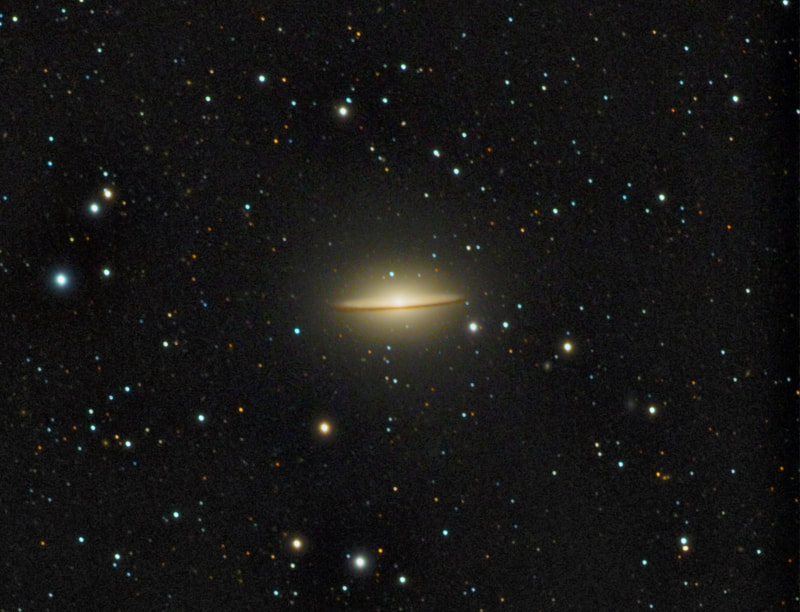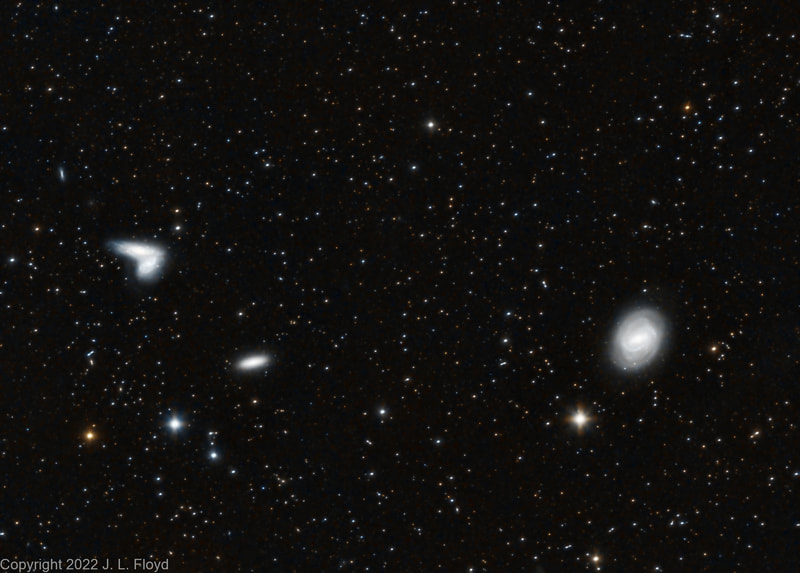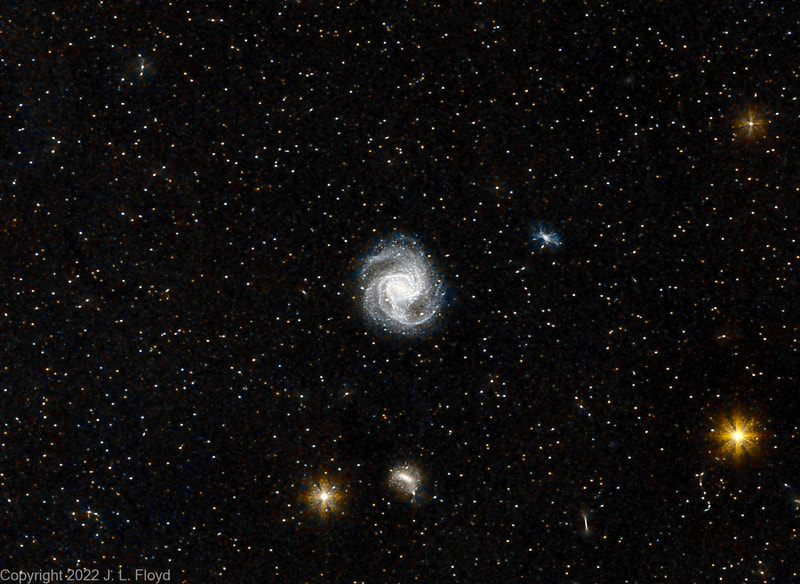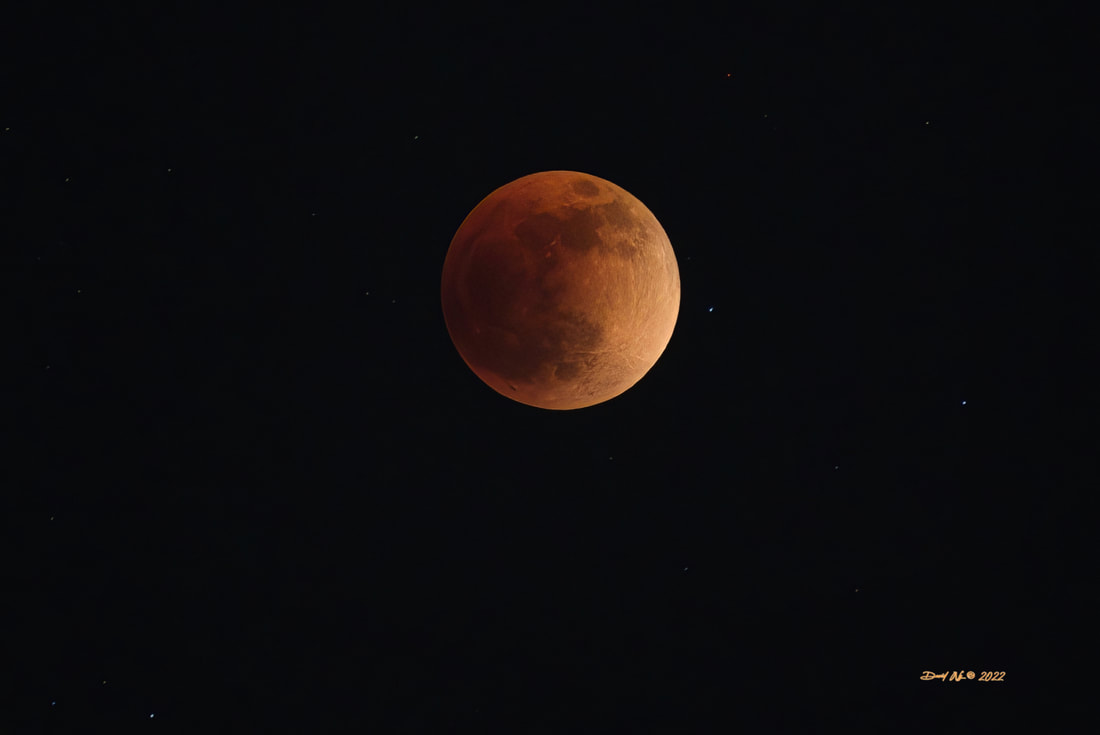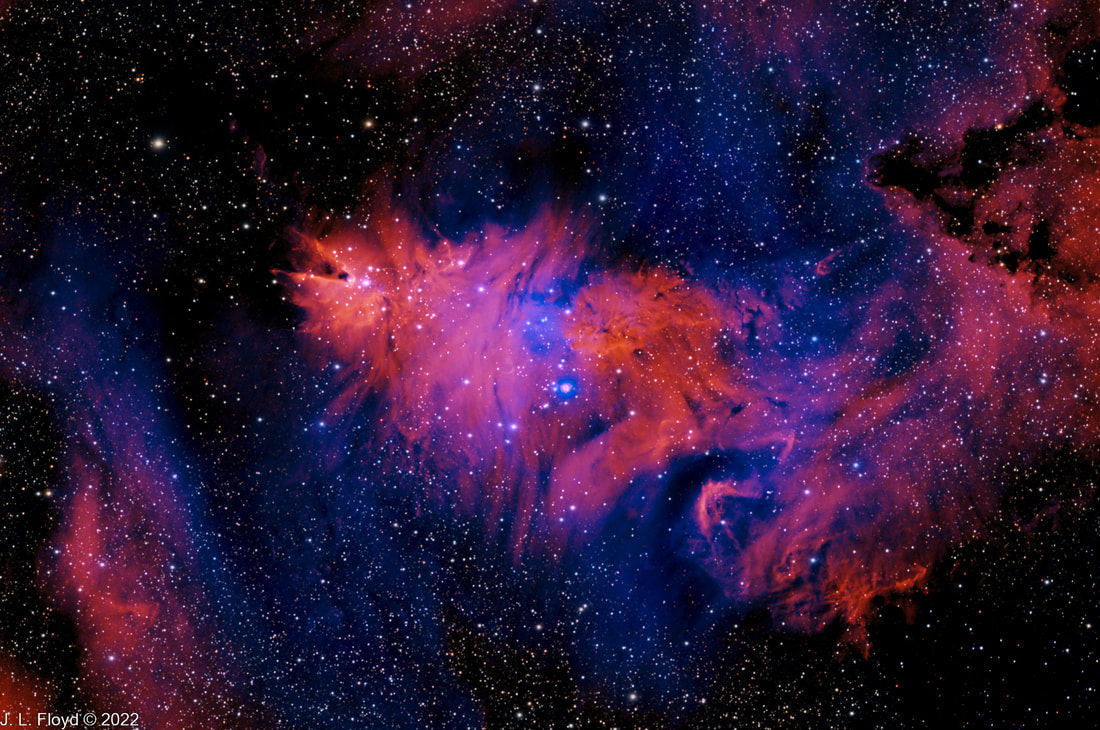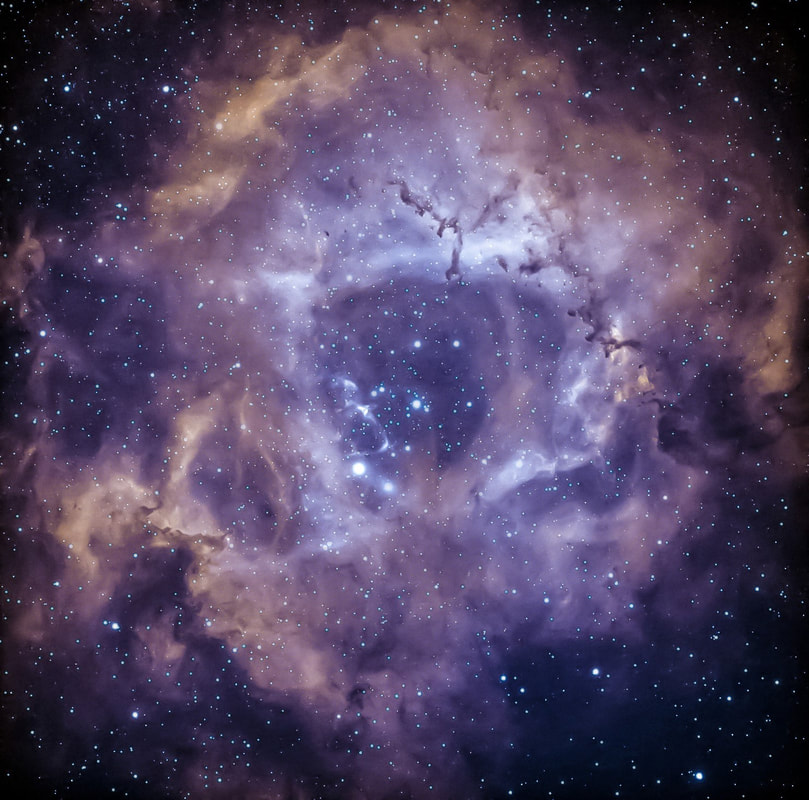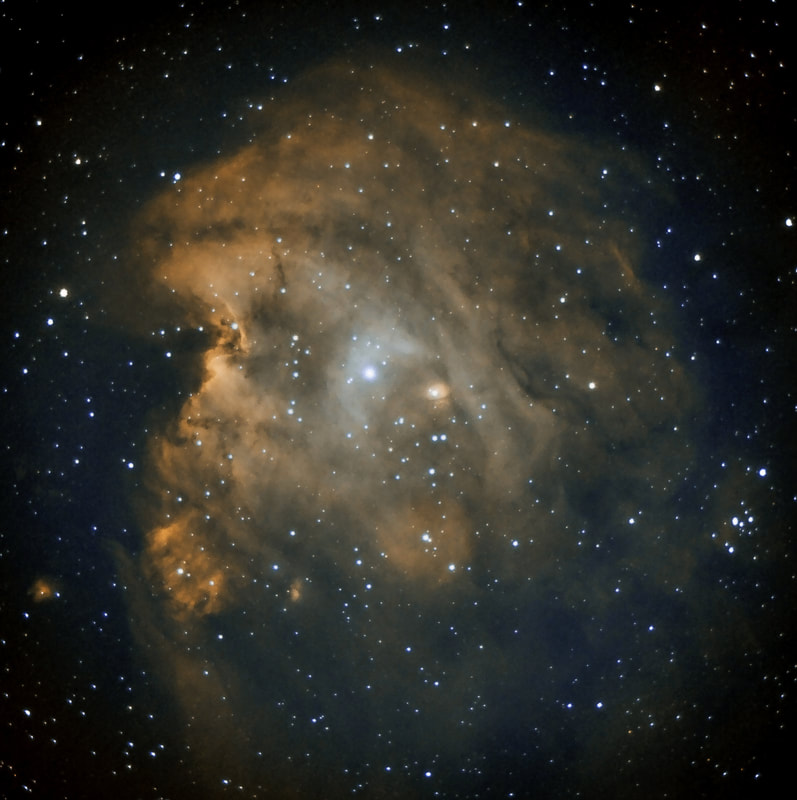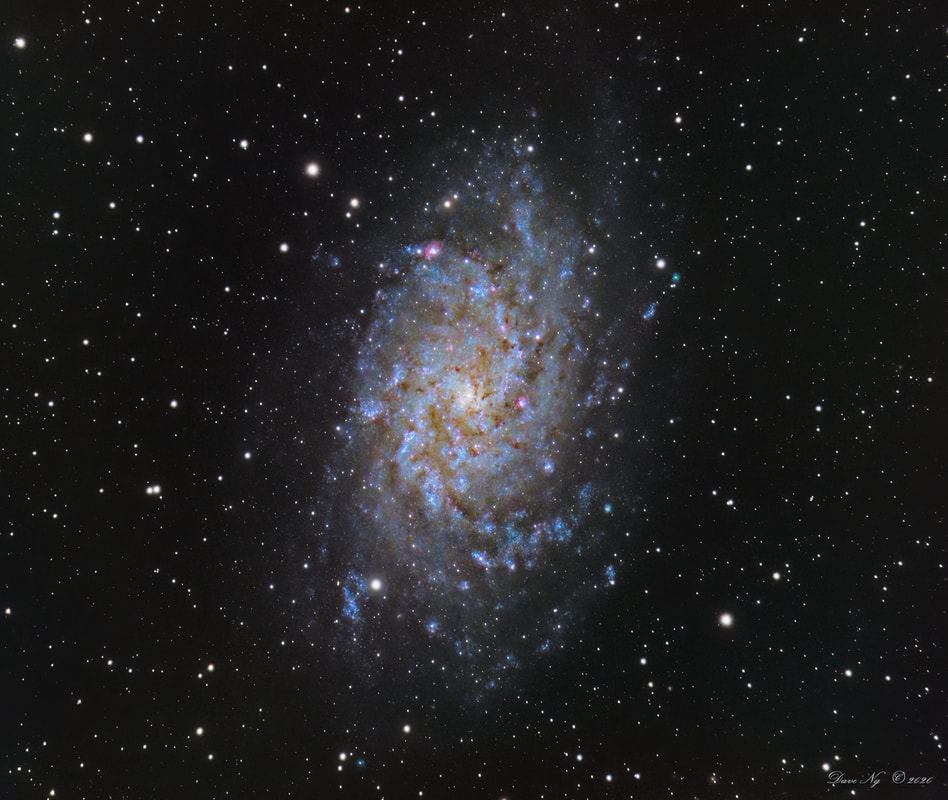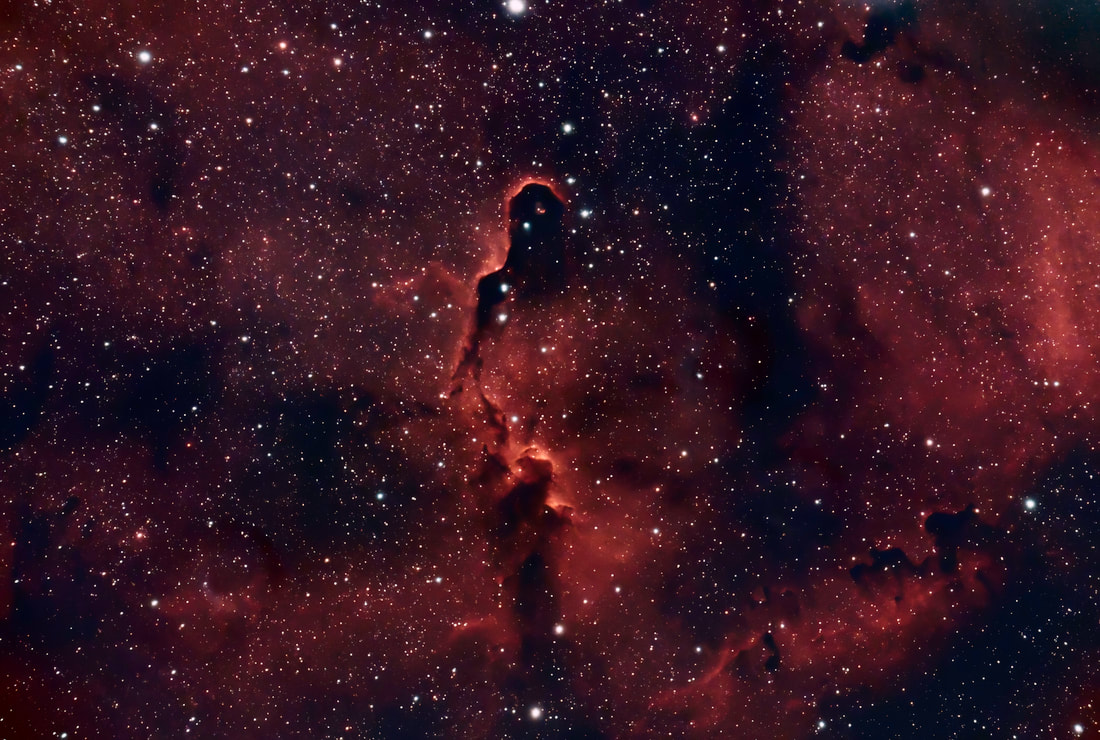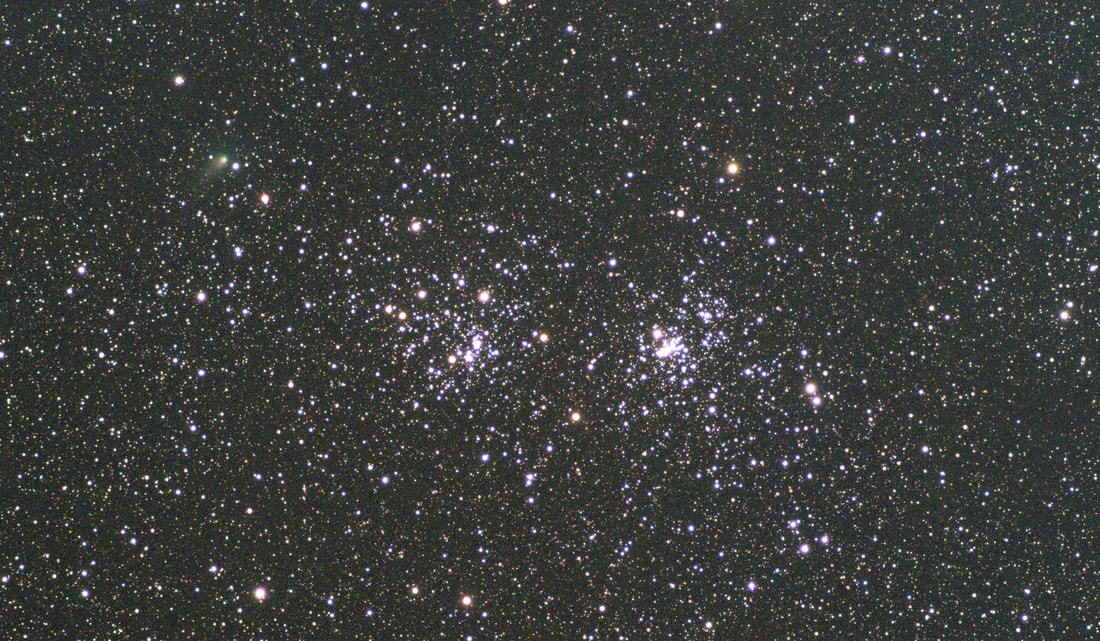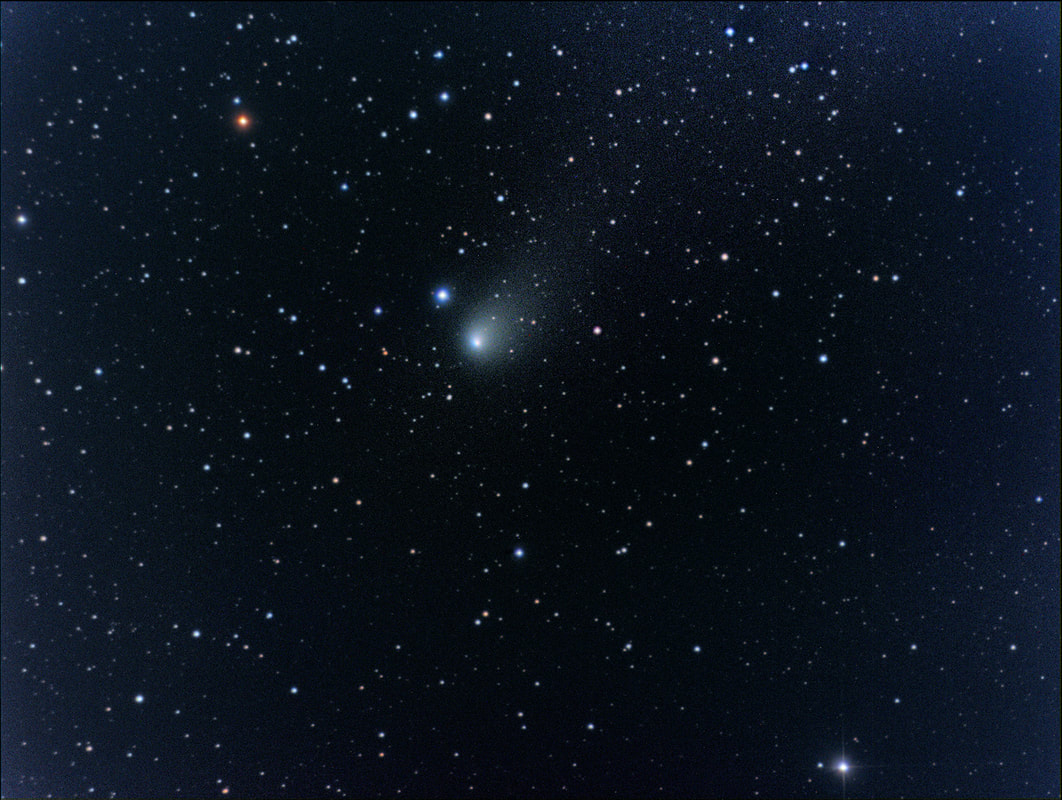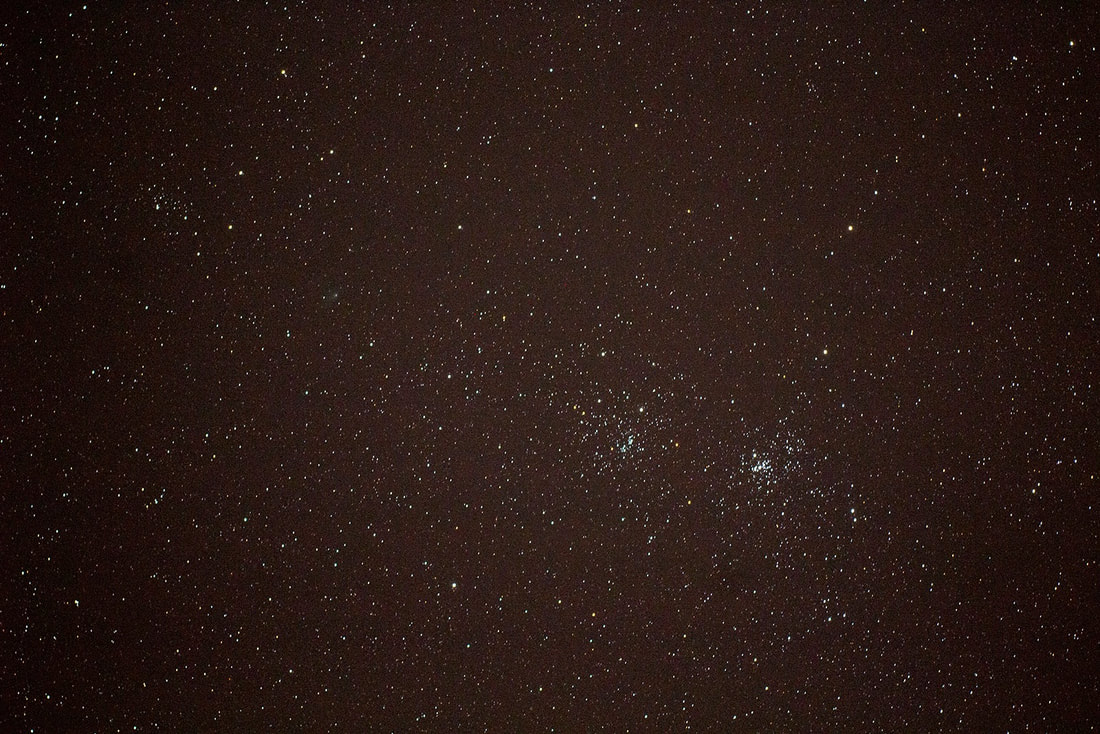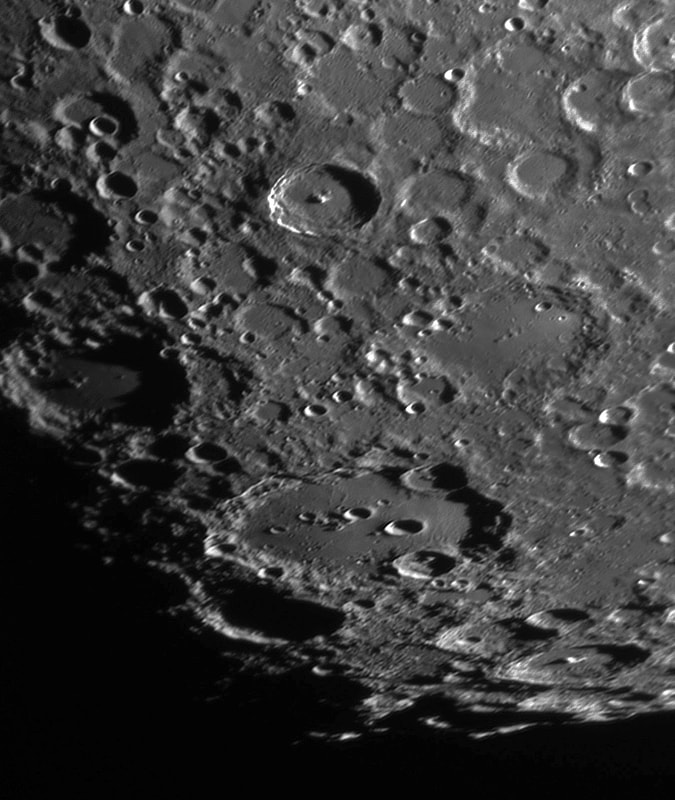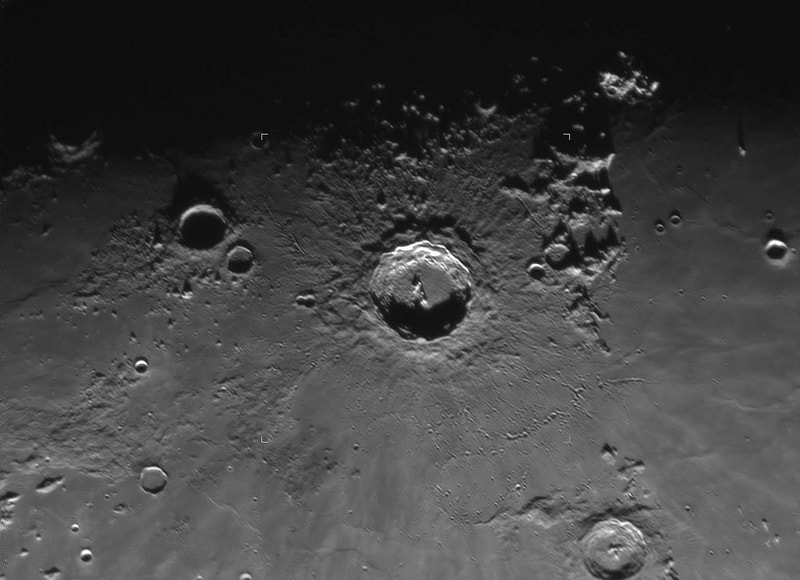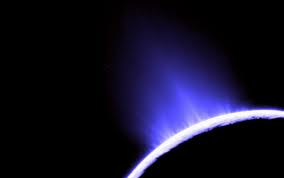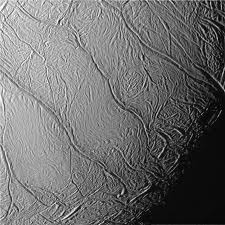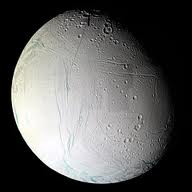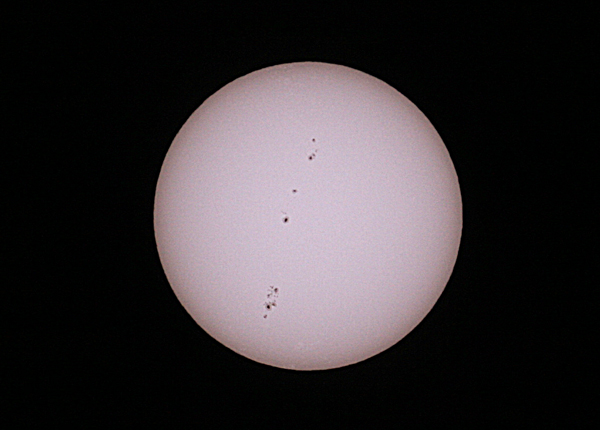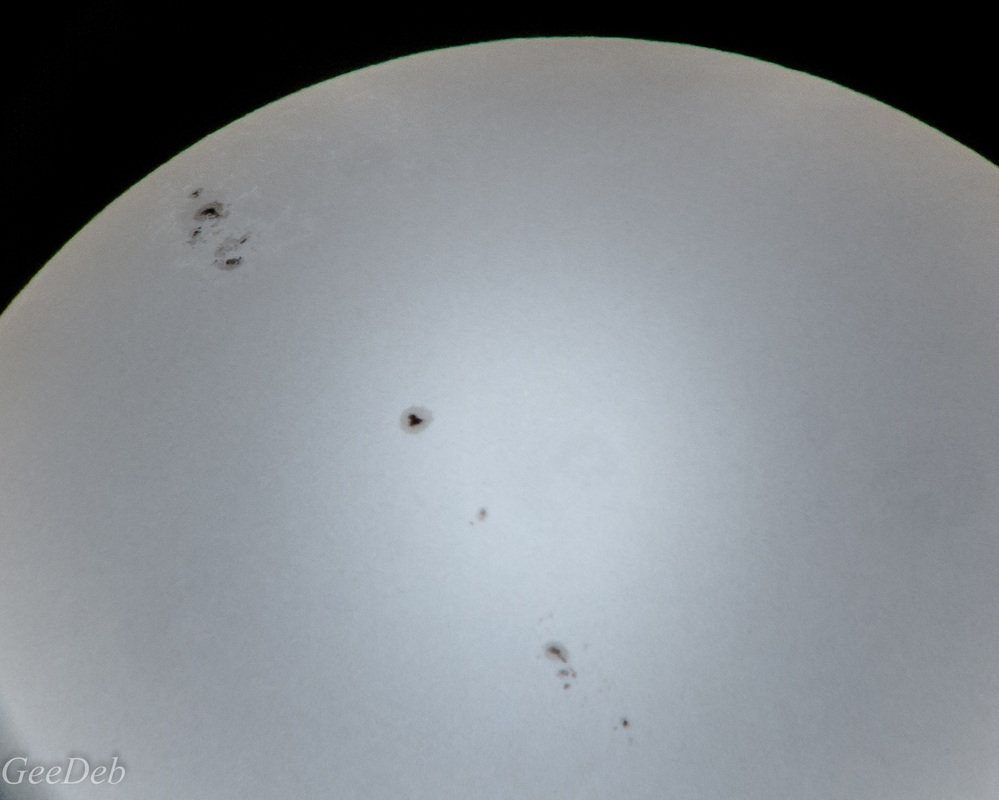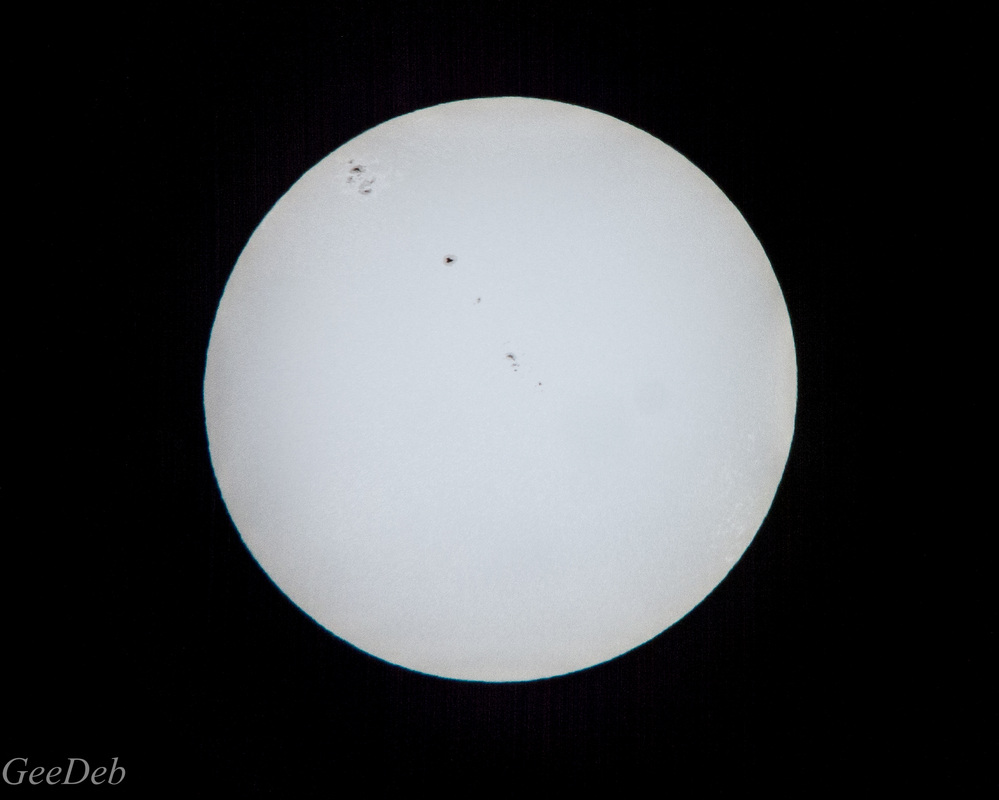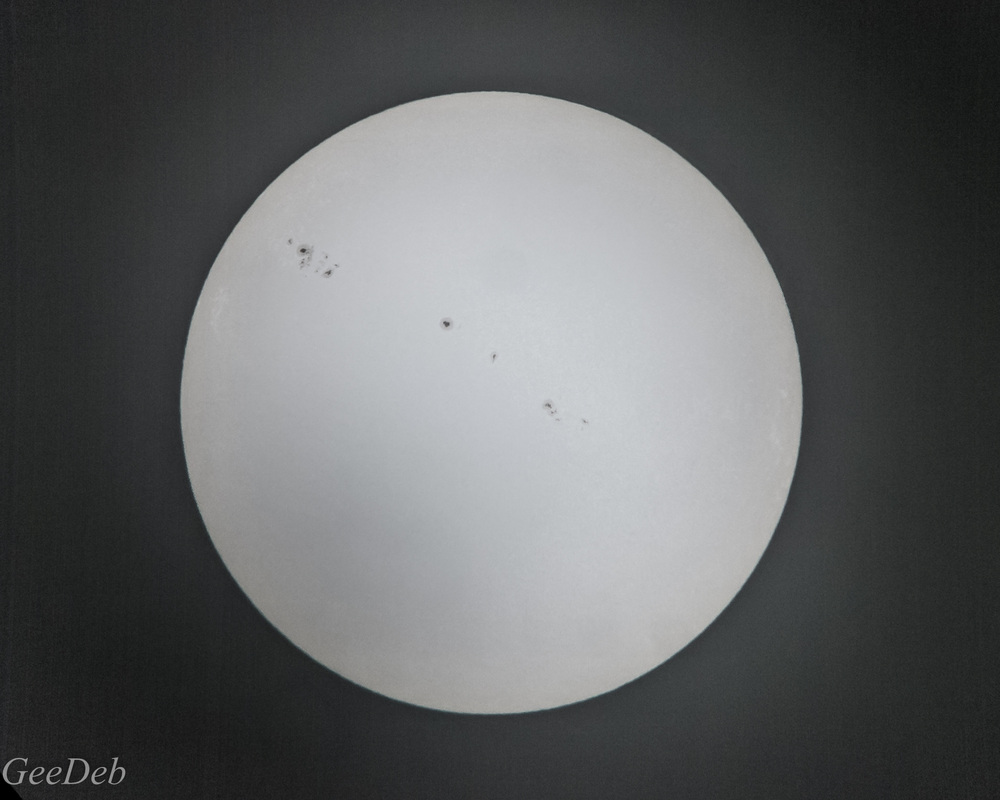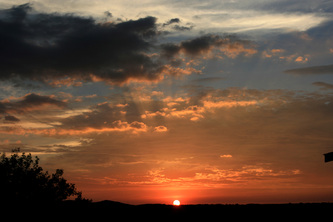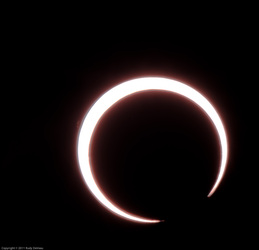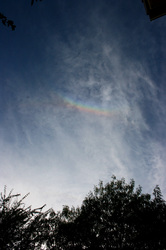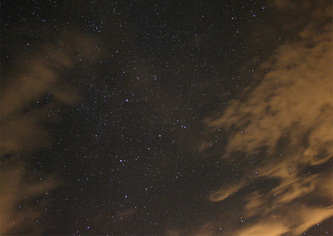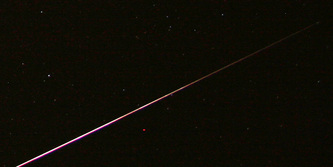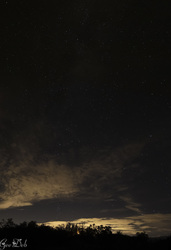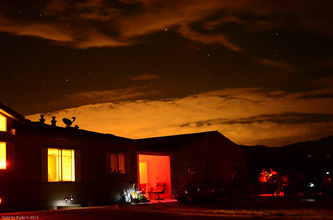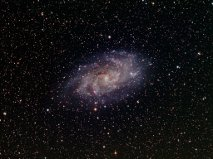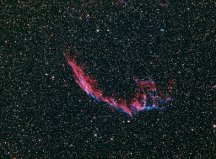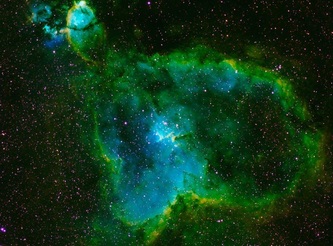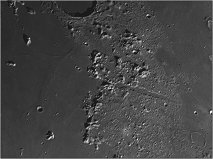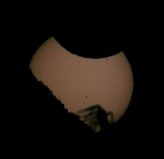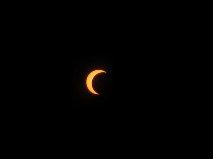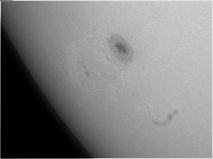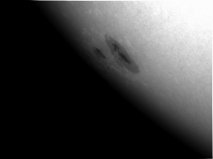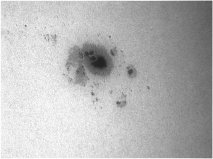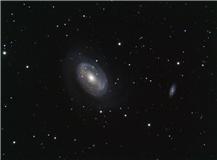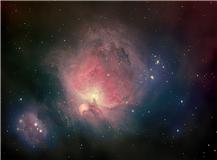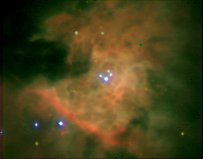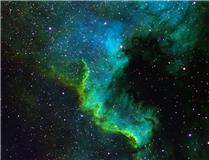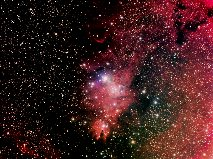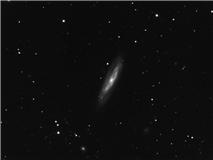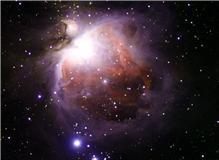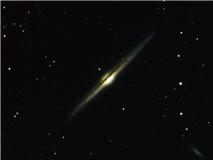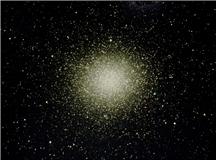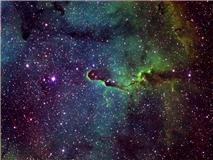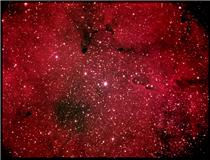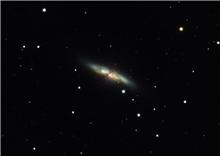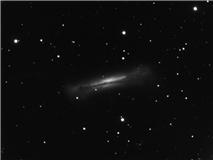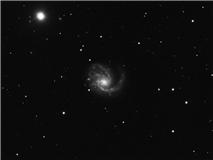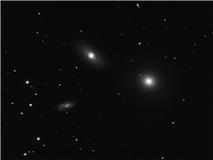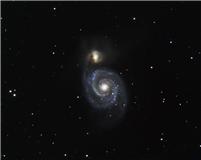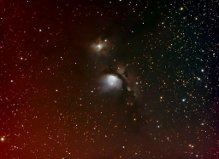Comet 21P / Giacobini-Zinner (or The Hulk)
Ray Stann used his HD14 in HyperStar mode (f/1.9) and a Canon T3i camera for 1 minute to capture this beauty on 9/4/18 at 4am PDT...gorgeous!!!
Ray Stann used his HD14 in HyperStar mode (f/1.9) and a Canon T3i camera for 1 minute to capture this beauty on 9/4/18 at 4am PDT...gorgeous!!!

NGC253 - The Silver Dollar Galaxy
I used my Celestron HD11 at f/7, which is my "portable" scope that I use for imaging at the Anza site. The camera was a QSI583ws. I have a VW camper that I crash in after I get all set up. After setup, it's all automatic for the next few hours. If anything goes wrong (lost guide star, etc.), the computer dings loud enough to wake me up.
Ray Stann
Photo taken at the OCA Anza site
23 Aug 2014

From Steve Thornton 4 Mar 2014
It's been about six years since I last took some Jupiter image and since then, technology has improved to the point that I had to start imaging again. I recently acquired one of the new ZWO cameras. These cameras can shoot at frame rates up to hundreds of frames a second, enabling the camera to record a lot of frames in between bad seeing.
This image is the first one I processed with the new camera; this is best one I've ever shot of Jupiter and getting back into imaging, I'm still half-way there in terms of quality. I'm looking forward to shooting more of Jupiter, with Mars and Saturn coming up.
The image was taken through my new ZWO camera, the ASI034MC. I'm still getting used to the camera but this initial video was taken at roughly 34 frames a second, using my 11" CPC scope - important because it can shoot enough frames to eliminate bad ones from seeing. This frame rate will increase once I get more practice. Still, it was enough to give me 2877 frames for the short video. I processed the video in Registax 6. To summarize, I used Registax to align the frames, then stack them and then used the wavelet function to sharpen the final photo. I used Photoshop to do some more sharpening and bring out more details.
It's been about six years since I last took some Jupiter image and since then, technology has improved to the point that I had to start imaging again. I recently acquired one of the new ZWO cameras. These cameras can shoot at frame rates up to hundreds of frames a second, enabling the camera to record a lot of frames in between bad seeing.
This image is the first one I processed with the new camera; this is best one I've ever shot of Jupiter and getting back into imaging, I'm still half-way there in terms of quality. I'm looking forward to shooting more of Jupiter, with Mars and Saturn coming up.
The image was taken through my new ZWO camera, the ASI034MC. I'm still getting used to the camera but this initial video was taken at roughly 34 frames a second, using my 11" CPC scope - important because it can shoot enough frames to eliminate bad ones from seeing. This frame rate will increase once I get more practice. Still, it was enough to give me 2877 frames for the short video. I processed the video in Registax 6. To summarize, I used Registax to align the frames, then stack them and then used the wavelet function to sharpen the final photo. I used Photoshop to do some more sharpening and bring out more details.
Comet ISON by Ray Stann 5 Oct 2013

I got up early Saturday morning and got this luminous shot of ISON at 5:30am in Temecula. Not great, but considering the hour, and the relatively dim subject, at least I got it! I used the HD14 at f/11 and a QSI583 camera. In this particular case a one shot color camera (OSC) might have been better but, since it was so low on the horizon, I doubt it. There was too much atmosphere in the way for meaningful color.
This was shot from my observatory in my front yard. There was zero wind and the Orion was beautiful!
BTW, that faint fuzzy probably is PGC27926 (a.k.a. UGC5213).
Note that ISON is now fading to the east and will again appear in the west in the early dawn in November. I doubt is there will be any great opportunities for night shots at it for a while. Hopefully it'll be very bright at the end of November and will be visible during the daylight hours.
This was shot from my observatory in my front yard. There was zero wind and the Orion was beautiful!
BTW, that faint fuzzy probably is PGC27926 (a.k.a. UGC5213).
Note that ISON is now fading to the east and will again appear in the west in the early dawn in November. I doubt is there will be any great opportunities for night shots at it for a while. Hopefully it'll be very bright at the end of November and will be visible during the daylight hours.
